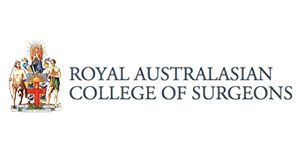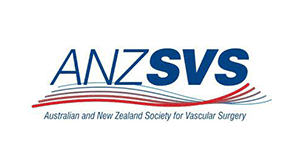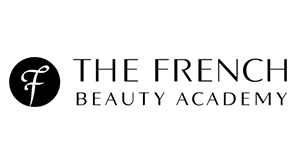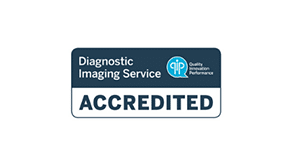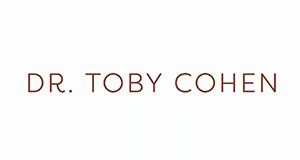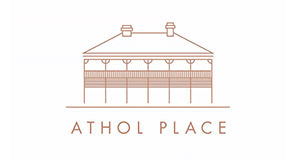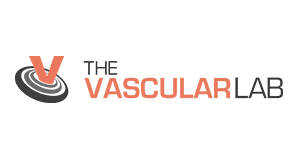Surface laser therapy
What is Surface laser therapy?
Surface laser therapy is commonly used to treat spider veins. Surface laser uses heat to seal off the spider vein, which is then dissolved and reabsorbed by your lymphatic system.
Surface laser is a non-invasive treatment option that can be conveniently completed at Doctor Toby Cohen’s offices located at Athol Place Spring Hill. There is free parking onsite for patients.
How does surface laser therapy work?
Surface laser works by sending a focused beam onto the skin where the affected veins can be seen. A laser light passes through the skin, heating the targeted vein, making it collapse. There is no harm caused to the surrounding skin. While you will not have any cuts or scars, you will be able to feel something like a rubber band flicking the skin on the area being treated.
The thin red veins will respond better than the blue veins to surface laser, with the weblike networks responding faster than those up to 1.5mm in size. It is for this reason surface laser is commonly used in conjunction with injection sclerotherapy, which targets the larger veins.
During your treatment you will be required to wear safety eyewear to protect you from the light being used. You must not remove this eyewear until you have been told it is safe to do so.
To ensure the best results, a specialist laser technician who has been specifically trained in the treatment of spider veins will complete the therapy.
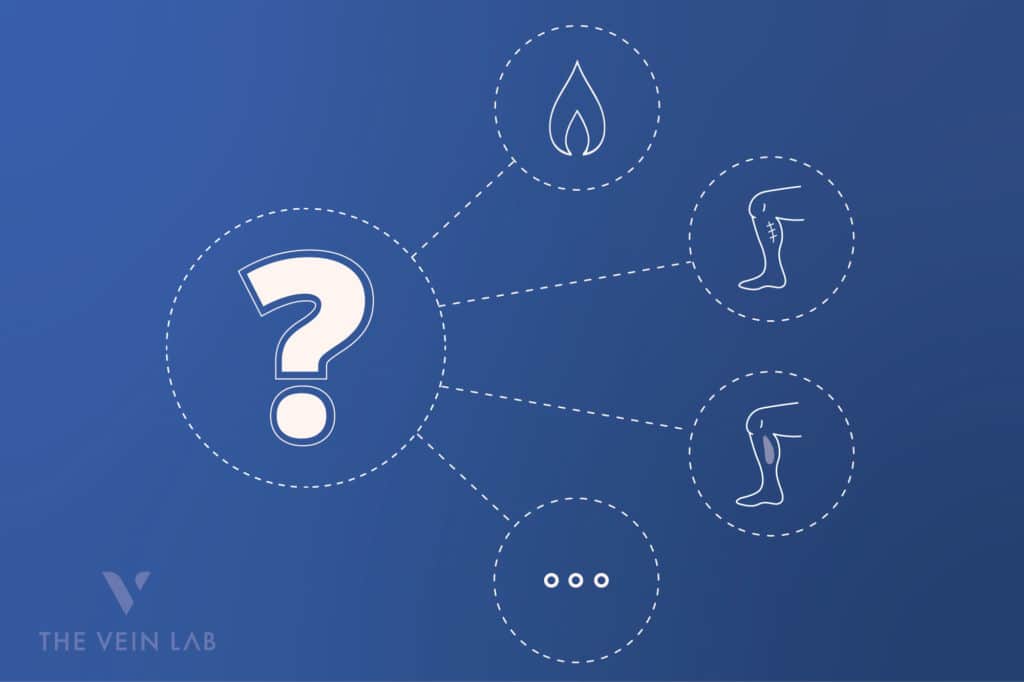
What are the risks of surface laser therapy?
While surface laser therapy is considered extremely safe, as with any medical procedure, there are potential risks including burns, scaring, and skin discolouration. At the Vein Lab, we significantly minimise these risks by ensuring the latest equipment is being used, by highly trained professionals including doctors and laser technicians, in a very safe out-of-hospital environment.
What do I need to do before the appointment?
Two to six weeks prior:
- You must avoid direct exposure to the sun on the area being treated at least two weeks before the appointment, with four to six weeks being preferrable. A sunscreen should be used (minimum 30+) or the area should be completely covered. If the area has been exposed to the sun, it is better the appointment be rescheduled for another time.
- Four weeks prior, do not use tanning lotions of any type and two weeks prior cease using any Retinol (Vitamin A) creams on the area to be treated.
Prior to your arrival:
- Please clean the area being treated. You must not have any moisturisers, make-up, perfume, powder, or oils on the skin in the area to be treated.
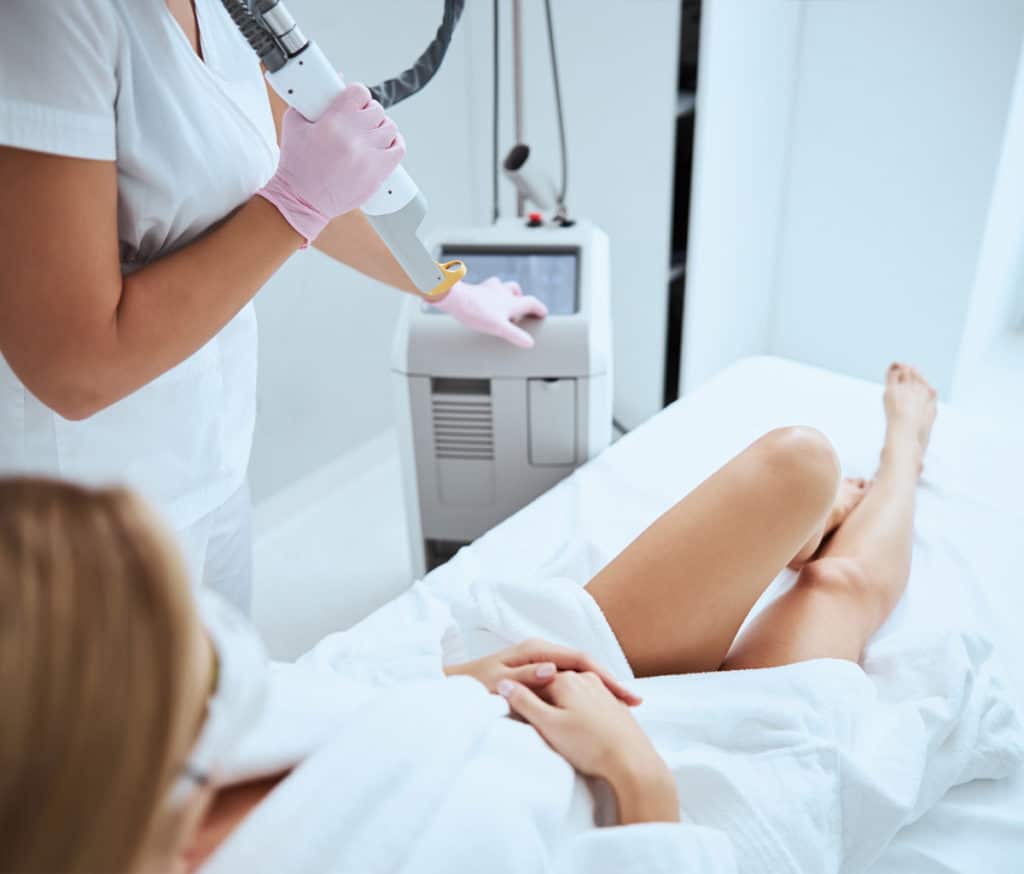
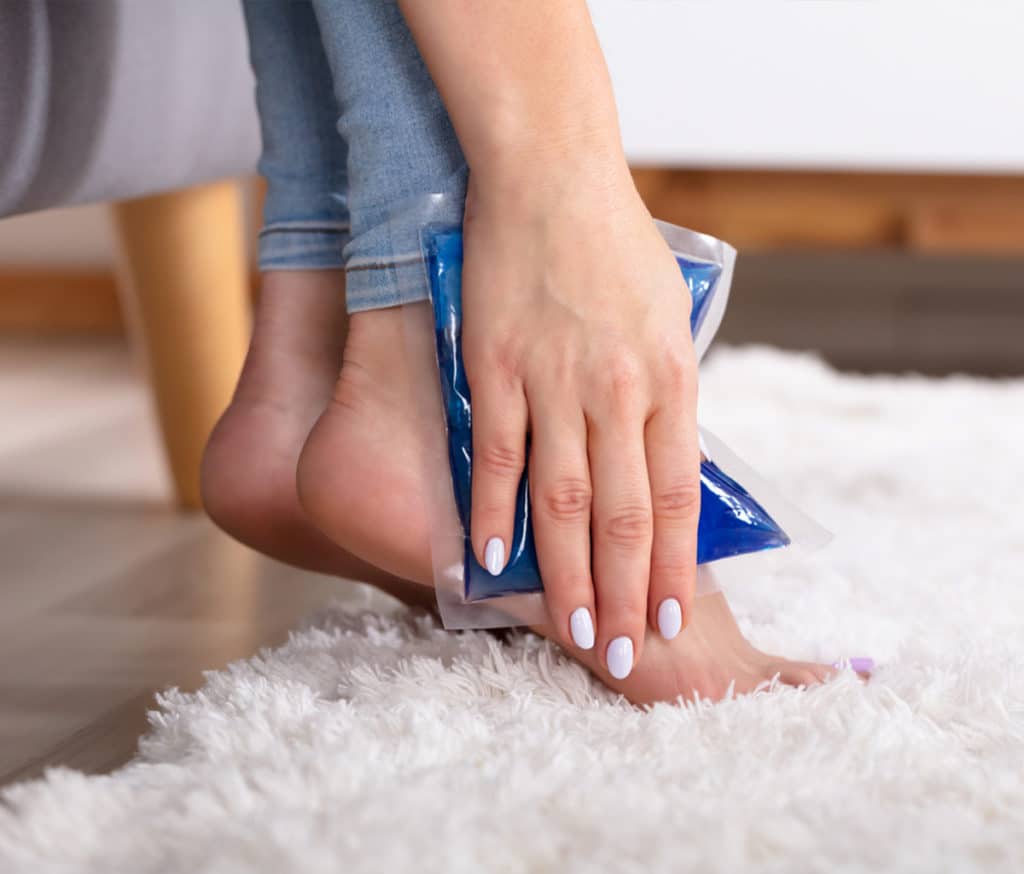
What do I need to do after the appointment?
You may notice a slight hot and stinging sensation or tenderness in the area after your appointment. The following can be done to help relieve symptoms:
- Wear recommended compression stockings.
- Apply cool compress.
- Apply an anti-inflammatory cream.
- Avoid any sun exposure to the area.
- Avoid strenuous exercise, hot showers, spas, and swimming pools for three days.
- Pat the area dry with a towel, do not rub.
- Avoid shaving, exfoliating, or scrubbing the area for seven days.
It is normal for the area to appear darker or a little bruised, with small welts or swelling occurring in the surrounding area. This should reduce in three days.
If scabbing occurs, you can apply antibiotic cream. Do not pick or scratch the area.

